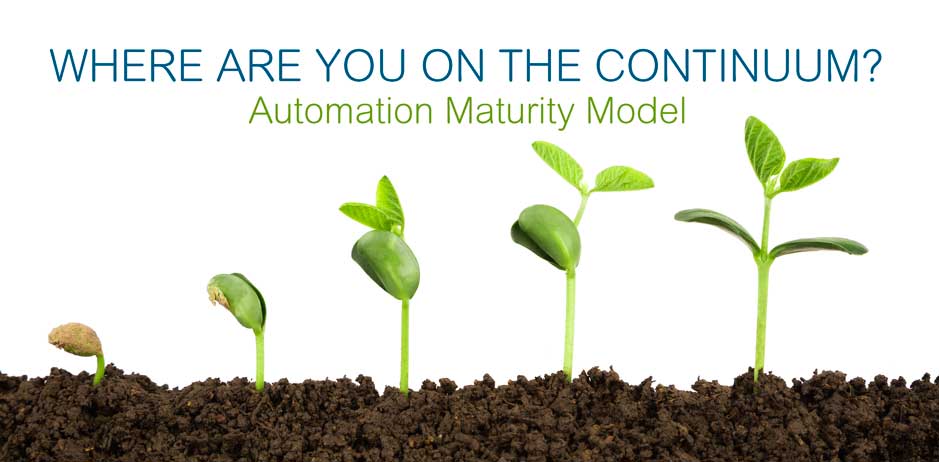If you step back and look at all of the processes and activities that your business performs every day, you will note that they all require Subject Matter Experts (SMEs). This expertise required training and was gradually developed by each staff member. The benefit to your organization is that you have staff trained to carry out their duties in, hopefully, an efficient and accurate manner. This expertise acts as a set of heuristics that allow tasks to be examined, organized and completed according to the appropriate set of rules.
When it comes time to consider automation of some of these activities, the same heuristics must be applied in order to sufficiently and efficiently process the same tasks. There are several ways to go about this, but all of them require data of some sort. Let’s look at the example of taking the process of receiving a payment along with remittance advice in healthcare.
The Common Way
Your organization staffs a number of people that review payments and remittance advice and then post the associated data into the accounting system. Your organization might be a provider or you might provide this service on behalf of providers. Either way, the rules are contained in the minds of the staff – they know where to look for dates, service codes, payment amounts and discounts, etc.
Basic Automation
To automate a process like this, you need to incorporate the knowledge of your staff into code. This is typically called an expert system. It involves review of a lot of production data by a business analyst and interviews with staff to develop the rules that a software developer will then encode in order to create a system that can be used to reduce your workload – not by 100 percent since systems, like people, make errors.
The gambit is that the system will make fewer errors and will determine what can be accepted as correct vs. that which requires your staff to review. Often the rules are “brittle” and if there are any changes to remittance or payment data, then any refinement to change or improve system performance requires additional analysis and development. Ultimately, the performance of the system is limited to the range of data and analysis performed as well as the ability of a developer to successfully account for every rule. The expertise and data requirements to build such a system are quite large and take extensive time and effort.
A Learning Approach
A less common automation process involves the upfront work of a business analyst and some level of development to implement the rule set that is used to locate and verify remittance and payment data. The initial performance is not as high as with a system that has a lot of upfront analysis and development. These systems do not reduce staff workload as much—at least initially. It overcomes this lesser performance and workload reduction by using workflows and algorithms to gradually build up performance based upon your staff’s activities. The ultimate goal is to achieve the same level of performance as the expert system or perhaps better, but with less upfront data requirements. In a way, these systems “kick the can down the road” a bit—and there is the tradeoff. The reality is this learning process takes a lot of time to payoff and adds more verification work to your staff’s workload.
Advanced AI Approach
Deep learning systems attempt to reduce the process of upfront analysis, both in terms of developing subject matter expertise and with analyzing data. Instead of requiring a business analyst and software developer to learn the heuristics that your staff has developed over years of training and experience, there is a set of neural networks that takes on this responsibility. The benefit, other than reducing the human-based analysis, is that the neural networks can process much more data and in a much shorter time. The resulting heuristics model a human approach and are more-adaptable than rules-based approaches. In order to achieve performance, a lot of quality data is required. When more data is provided, the deep learning system has higher performance.
Getting this data, however, can be a significant challenge. Ensuring the data is high quality and is representative of the production data is another task. Both of these take skills that are not typical of business analysts or software developers. Once it is acquired, the system is “trained” and refining it simply requires more data for training that can be acquired during the typical workday. The net result is that the system works more like your staff, has lower, measurable error rates and significantly reduces workload.
Any of these approaches is suitable depending upon the specific automation needs you have. In fact, these approaches taken sequentially could be considered an “automation maturity model” with each approach increasing in sophistication as well as flexibility and ability to increase efficiency.
If you found this article interesting, you may find our upcoming May 4 webinar with Sourcing Industry Group useful:


